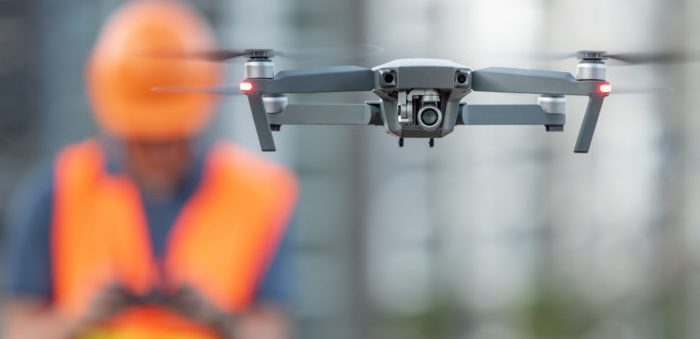A drone has successfully inspected a 19.4 meter high oil tank on board a Floating Production, Storage and Offloading vessel. The video shot by the drone was interpreted in real-time by an algorithm to detect cracks in the structure.
According to DNV GL, this technology could lead to tank inspections becoming safer and more efficient.
Geir Fuglerud, Director of Offshore Classification at DNV GL – Maritime, states:
This latest test showcases the next step in automation, using AI to analyse live video. As class we are always working to take advantage of advances in technology to make our surveys more efficient and safer for surveyors, delivering the same quality while minimising our operational downtime for our customers
The drone, developed by Scout Drone Inspection, uses LiDAR to navigate inside the tank as GPS-reception is not available in the enclosed space. A LiDAR creates a 3D map of the tank and all images and video is accurately geo-tagged with position data.
During the test, the drone was controlled by a pilot using the drone’s flight assistance functions, but as the technology matures it will be able to navigate more and more autonomously.
The video was livestreamed via Scout Drone Inspection’s cloud-system back to Altera Infrastructure’s headquarters in Trondheim, where the footage was monitored by engineers. DNV GL can also simultaneously watch the footage, opening up the possibility for stakeholders to work together from different locations.
This is another important step towards autonomous drone inspections. Up until now the process has been completely analogue but technology can address the urgent need to make the process more efficient and safer
adds Nicolai Husteli, CEO of Scout Drone Inspection.






























































